Haikou Arcade Street
Haikou Arcade Street
The old arcade street in Haikou is one of the most distinctive Street landscapes in Haikou. Four of the oldest buildings were built in the Southern Song Dynasty and have a history of more than 700 years. On June 10, 2009, the first "China's Historic and Cultural Street Selection and Promotion" event was unveiled in Beijing, and Haikou is on the list of old arcades. Haikou Qilou Old Street was awarded the first ten "Famous Streets of Chinese History and Culture" for its uniqueness and uniqueness.
Haikou Arcade is mainly distributed in the old blocks of Shengsha Road, Zhongshan Road, Boai Road, Xinhua Road, Jiefang Road and Changdi Road in Haikou City. The old arcade covers an area of about two square kilometers and is 4.4 kilometers long. There are nearly 600 arcade buildings with three or four stories in size. Most of the arcades were built by a group of overseas Chinese who came back from Nanyang at the beginning of last century, drawing on the architectural style of Nanyang at that time. Arcade buildings are mostly filled with elegant and meticulous sculptures and decorations of foreign style, which have some Baroque flavor. The arcade floors are not very high. Most of them are on two or three floors. Some of them still retain their previous business names, as well as exquisite carvings in railings, doors and windows.
Historical continuity
Architecture was first built in ancient Greece more than 2,000 years ago. It was popular in Southern Europe and the Mediterranean in modern times and spread to Southeast Asia. Haikou Victory Sand Road, Civilization East Road, Zhongshan Road, Boai Road and Jiefang Road are flanked by Nanyang style columnar arcades built at the end of the nineteenth century.
The old arcade complex in Haikou was initially formed from 1920s to 1940s. The oldest four-arch building in Haikou was built in the Southern Song Dynasty, with a history of more than 600 years. The history of the arcade is closely related to the early opening up of Haikou. In the late Qing Dynasty, Haikou was one of the ports open to the outside world at that time. People who made a living in the South Asia began to invest in their hometowns. In 1849, the earliest arcade was built in the four archway blocks along Shuixiangkou and Boai North Road, from which the whole arcade block extended to form a scale.
The development of Haikou Arcade Block originated from the development of maritime trade and shipping. At that time, Haikou's shipping routes could reach Bangkok, Kuala Lumpur, Singapore, Saigon, coastal defense, Hong Kong, Xiamen, Taiwan, Guangzhou and Beihai. As a result, the merchants and laborers active in Southeast Asia and the coastal areas of the mainland became carriers of disseminating Nanyang culture, and also brought the architectural styles and styles of various places to Haikou. It has formed a mixed Eurasian urban style of Haikou Architectural Historic and Cultural Block.
Old Street Culture
architectural culture
Haikou Arcade Architecture has a long history as an architectural art of corridor style. Haikou white arcade building has not only strong traditional Chinese architectural characteristics, but also imitation of Western architecture, as well as the architectural and decorative style of Nanyang culture, and is obviously influenced by Indian and Arab architectural culture. These unique architectural styles form a arcade building, which is a landscape painting.
Because of Hainan's unique sunny and rainy climate, as early as 1395 (Ming Hongwu Year), when market streets were built in the area of "Outer Sand" in Haikou (Boai Road, Shengshan Sand Road), a long corridor-style "Paidian House" with sunscreen and sunscreen had appeared. After 1930, a tide of breaking into the South Ocean broke out in Hainan. After breaking out of a foreign land, Hainan people who went to sea to break into the South Ocean "came back to their roots" and returned home with their lifelong hard-earned money to build their houses and live in peace for their whole lives. While the ancestors brought back the idea of Nanyang, many European-style arcade buildings of Nanyang style appeared in Hainan. At that time, several or more arcades were joined in disorder, and the corridor with corridors and columns in front of the stores connected the whole block, which could provide a shelter for pedestrians, create a relatively cool environment, and become an open exchange place for businesses to seek jobs and attract customers. Riding buildings became the regional characteristics of commercial culture and social culture at that time.
Celebrity monuments
In its long history, the old arcade has accumulated a large number of historical and cultural relics with rich and varied historical and humanistic colors. Thirteen countries in history have opened consulates, churches, post offices, banks and chambers of Commerce here; Qiongya Congress site of the Communist Party of China, Zhongshan Memorial Hall; Xitian Temple, Tianhou Palace, Wusheng Temple and Madame Xiantai Temple, as well as the return of clothing and brocade to their homeland at that time. Overseas Chinese wealthy businessmen built family-style rows of riding towers for their hometown, such as Qiu's ancestral house, Raoyuan and so on.
At that time, the very famous Haikou tallest building, the "five-storey building", can be seen in Shengsheng Sand Road. It was built in the early 1930s by Wu Qianchun, a native of Wenchang, who was then chairman of the Huili Bank of Saigon City, Vietnam, using stones and timber transported back from the South Ocean. As the largest and most luxurious hotel in Haikou at that time, it was once a landmark building in Haikou, and had managed grand theatres, film shows and so on.
Traditional culture
There are many interesting neighborhood spaces left in the traditional mode of living in the old street, such as the temple space which combines the open-air stage and community activity space; the land God worship spot that can be seen everywhere outdoors, which is worshipped all the year round; the larger indoor teahouse, which is mostly used for the elderly to talk and chat, to kill lonely time, the tea room is full of people, commonly known as "Daddy Tea" and so on. Because of the abundant space for community activities outside the residence, harmonious neighborhood relations have been formed for many years. Every family participates in the activities of "lighting dragon lanterns" with community characteristics on New Year's Day.
Street Distribution
Desheng Sha Road
There is a memorial hall of Mrs. Xian Tai (commonly known as "Lady Xian Temple") on the street. It was built to commemorate Mrs. Xian who made outstanding contributions to the governance of Hainan during the Southern and Northern Dynasties and created a good situation for stability, unity and unity. Shengshengsha is the largest clothing wholesale market in Hainan.
Xinhua South Road
In the 1960s and 1970s, the style of "Emancipation Cinema" still solicited customers by writing propaganda boards in block letters.
zhongshan road
Zhongshan Road is a street decorated with hardware lights, which is showcased by numerous neon advertisements.
Pok Ai Road
The market of East and West Gates runs through Boai Road. The East Gate is a dry seafood market, while the West Gate is an antique street, with antique stalls of all sizes swinging along the street.
Scenic spot honor
On July 20, 2009, the unveiling ceremony of "Famous Street of Chinese History and Culture" was held in the old arcade of Haikou. The old arcade building in Haikou is large-scale and well-preserved. In June 2009, it was named "Famous Street of Chinese History and Culture" by the Ministry of Culture and the State Administration of Cultural Relics.
Scenic spot traffic
Haikou Qilou Old Street is close to Renmin Bridge and is accessible by multiple buses.
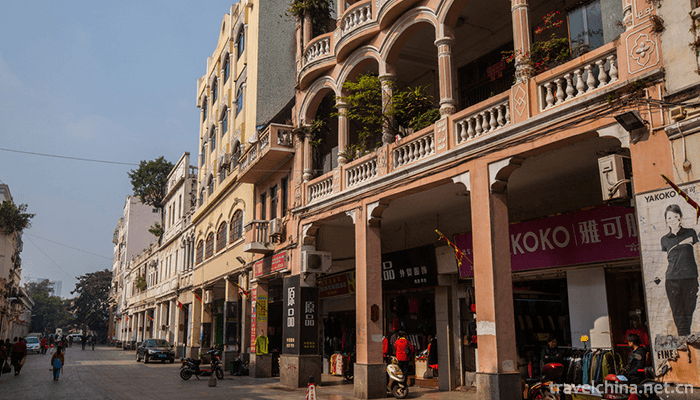
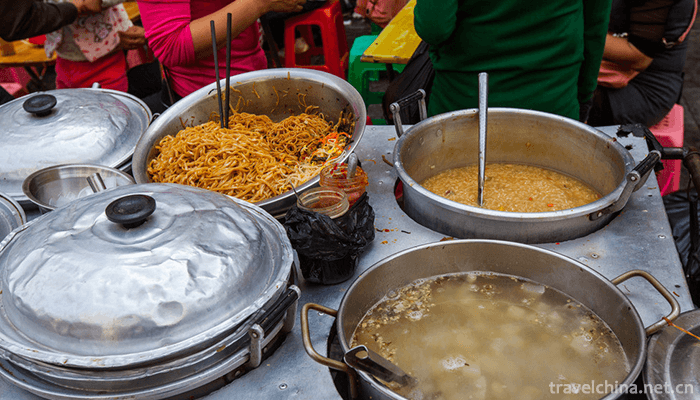
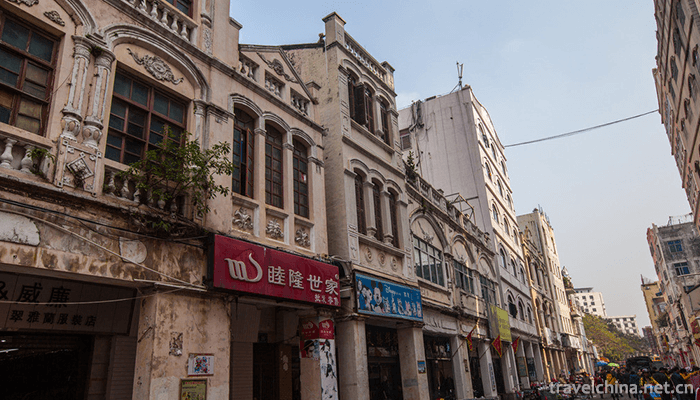
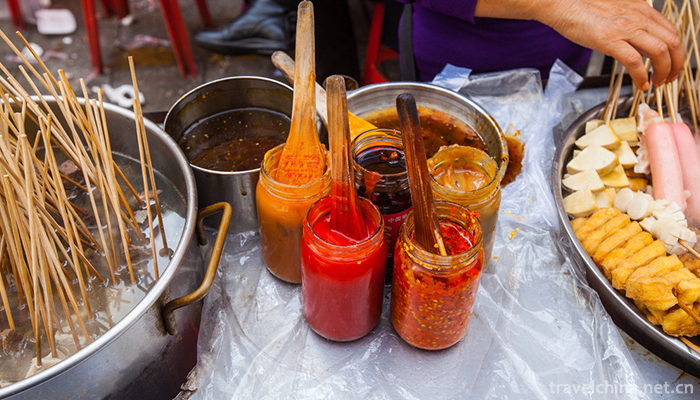
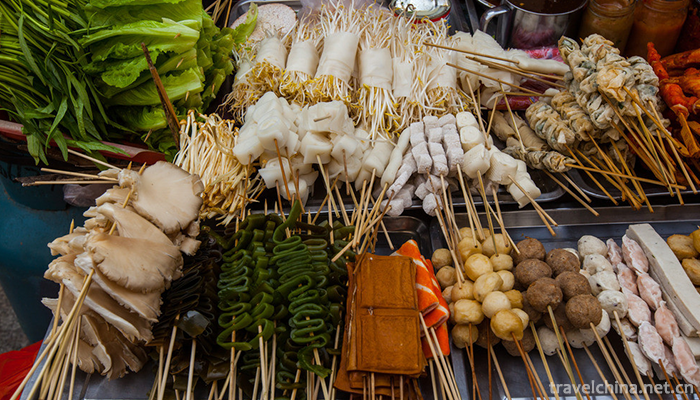
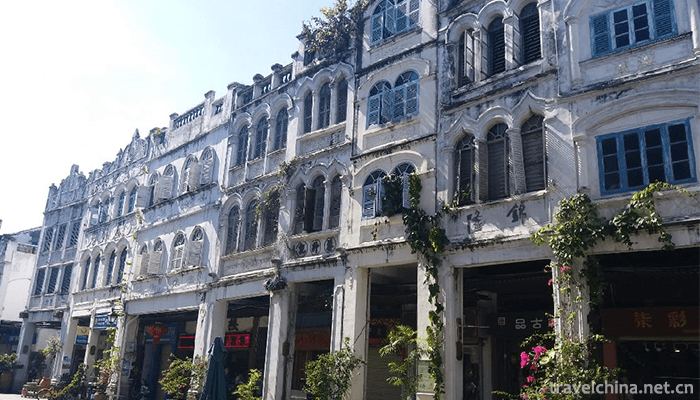
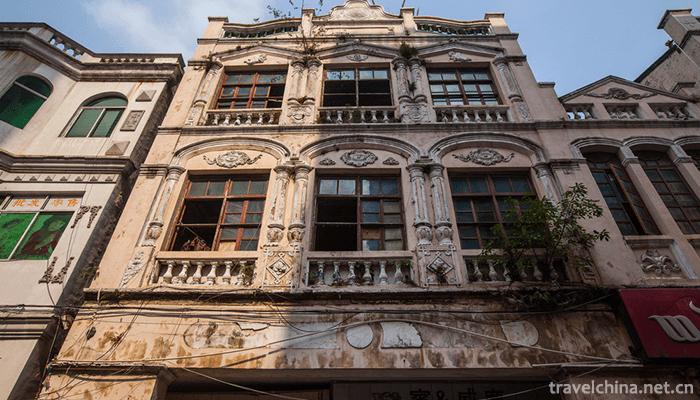
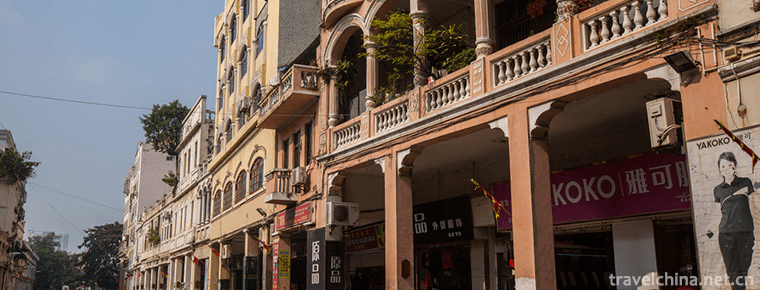
-
2.Wulian Mountain Scenic Area
Wulian Mountain Scenic Area covers a total area of 68 square kilometers and is a national AAAA-level tourist area. It is composed of Wulian Mountain and Jiuxian Mountain
Time 2018-12-22 -
3.Tianmujiang Beishuicheng Hot Spring Resort
Tianmu Jiangbeishuicheng Hot Spring Resort is the third five-star resort hotel developed by Tianmu Group in Guanxian County of Shandong Province after Tianmu, Lushan Hot Spring Resort of Jiangxi Provi
Time 2019-02-21 -
4.Eighteen Sayings on Tibetan Wedding Banquet
The Eighteenth Tibetan Wedding Banquet is a kind of folk oral literature spread in the Tibetan inhabited areas of the eastern agricultural region of Qinghai Province. Its manifestation is the eighteen
Time 2019-04-07 -
5.Fengyang flower drum
Fengyang flower drum is also known as "flower drum", "beating flower drum", "flower drum gong", "double drum" and so on. Fengyang flower drum originated in Linh
Time 2019-04-29 -
6.Line lion
Line lion is a local traditional lion dance in Ningde City, Fujian Province. Shiqiaotou village's line lion nine lions map originated from the celebration of the Lantern Festival on the 15th day of th
Time 2019-07-03 -
7.Fan making Techniques
Suzhou Fan is a special product of Suzhou. It is famous for its elegance, delicacy and artistic characteristics. Including folding fan, sandalwood fan and silk Palace fan, collectively known as "
Time 2019-07-25 -
8.Liao Song of the Zhuang Nationality
Liao Ge of Zhuang Nationality, folk literature of Pingguo County, Guangxi Zhuang Autonomous Region, is one of the national intangible cultural heritage.
Time 2019-08-16 -
9.Mount Emei Jinding
Mt. Emei Jinding, also known as Huazang temple, is located on the main peak of Emei Mountain in Sichuan Province, China (29.52567 ° n, 103.336802 ° E), with an altitude of 3077 m. It is the end point of Emei Mountain tour and one of the key Buddhist temples in the Han area.
Time 2020-10-15 -
10.Borneol Bridge
Luxian county is the "hometown of dragon culture" and "the hometown of Longqiao" in China. There are hundreds of ancient Longqiao bridges in the Ming and Qing Dynasties in Luxian County, which is the largest group of Longqiao in China and even in the world.
Time 2020-10-16 -
11.Neijiang in the period of the Republic of China
The 1911 Revolution ended the rule of Qing Dynasty in Neijiang City. In the 24th year of the Republic of China (1935), Sichuan government was unified, and the districts, cities and counties of Neijiang City were divided into the second (Zizhong, Neijiang, Ziyang, Jianyang,
Time 2020-12-16 -
12.Dazhous secondary industry
In 2019, the added value of all industries in Dazhou is 46.35 billion yuan, an increase of 8.7% over the previous year, of which the added value of industries above Designated Size will increase by 9.6% (see Table 2). Among the industries above
Time 2020-12-20